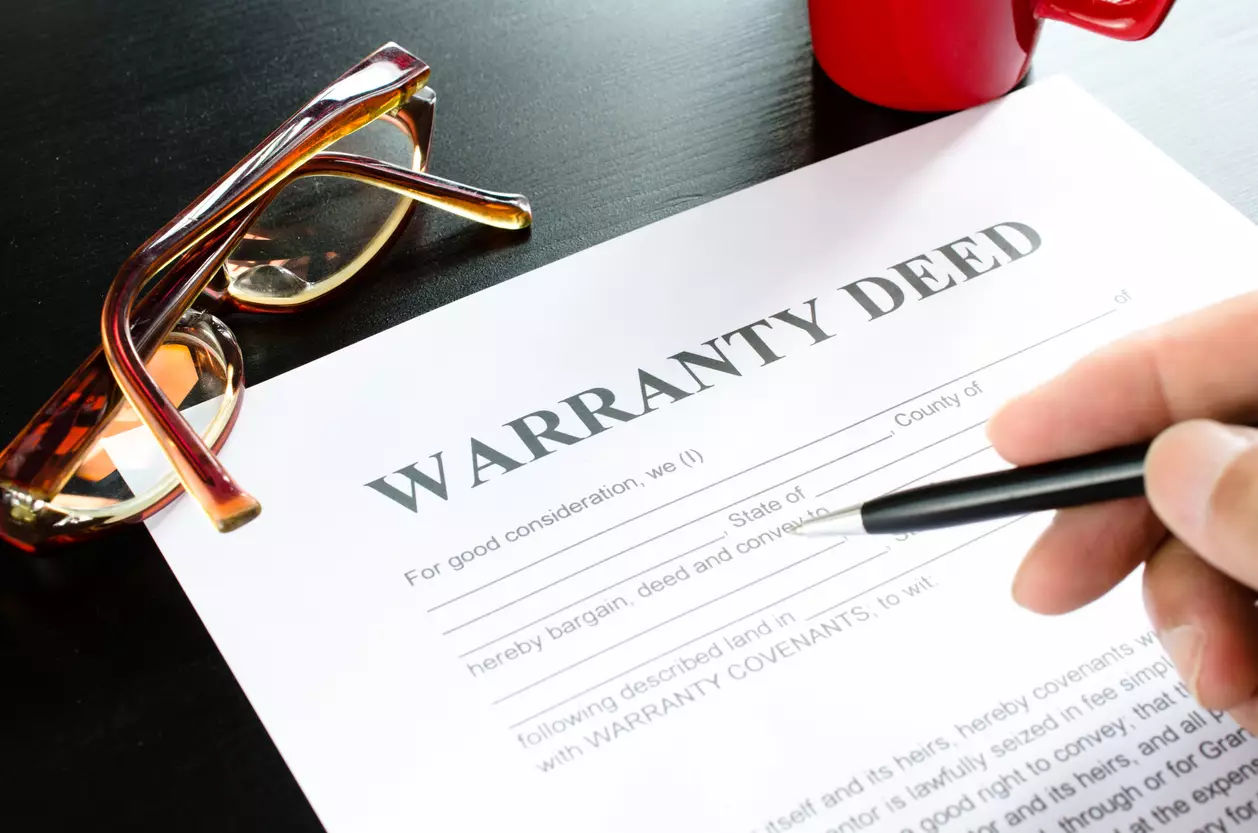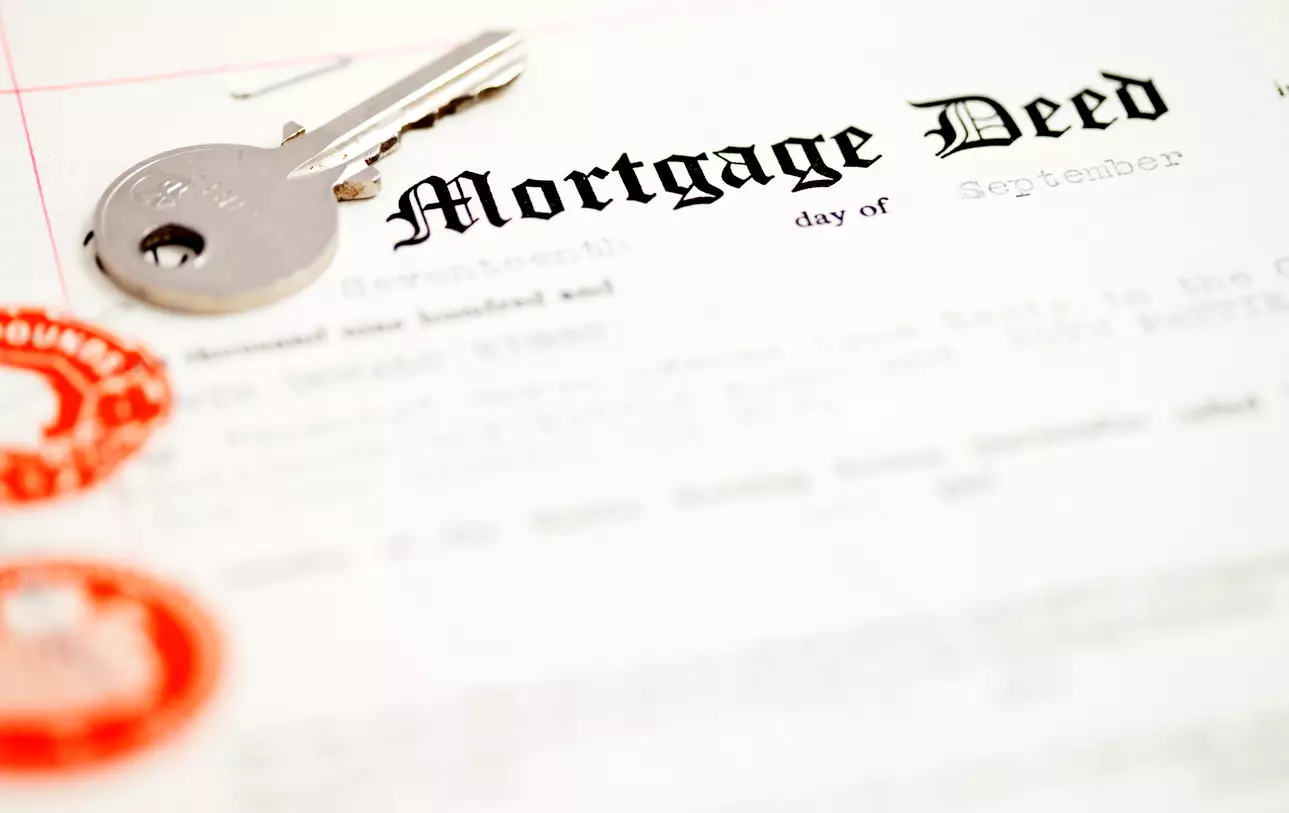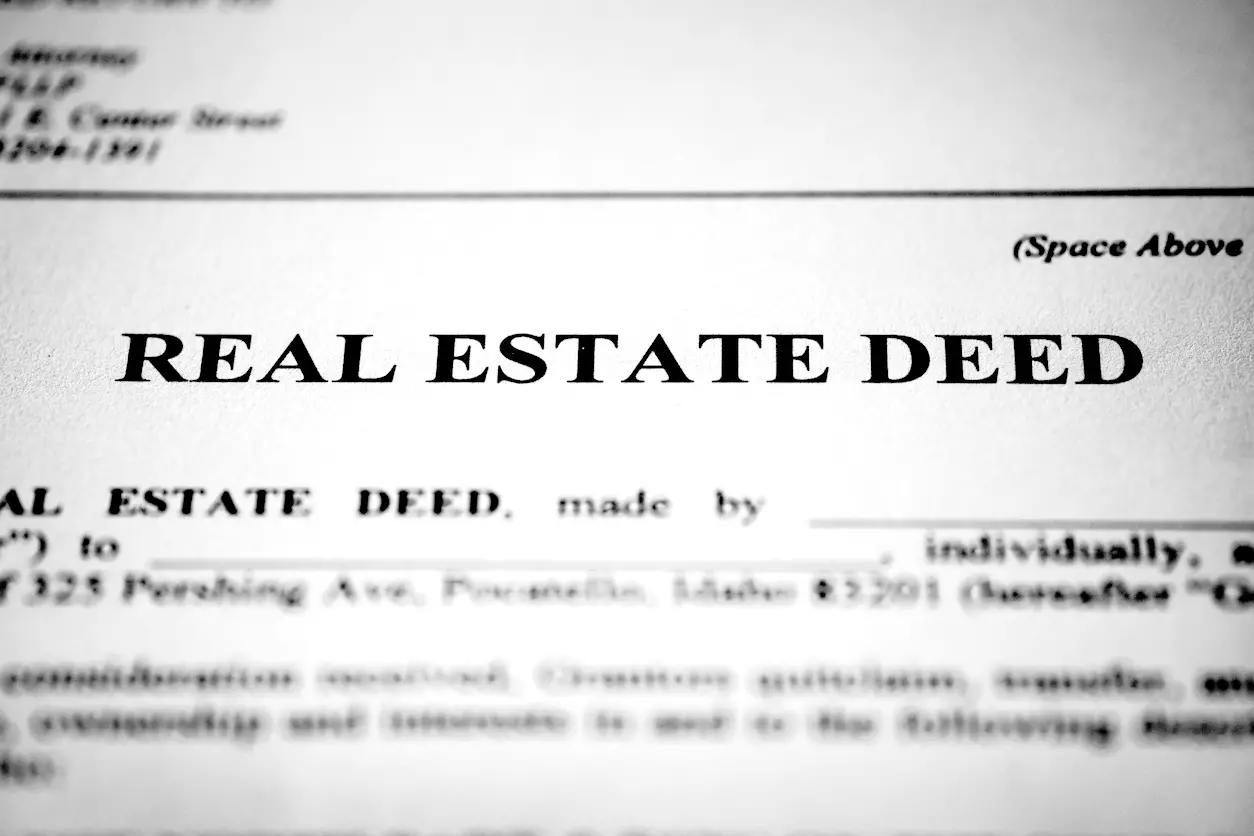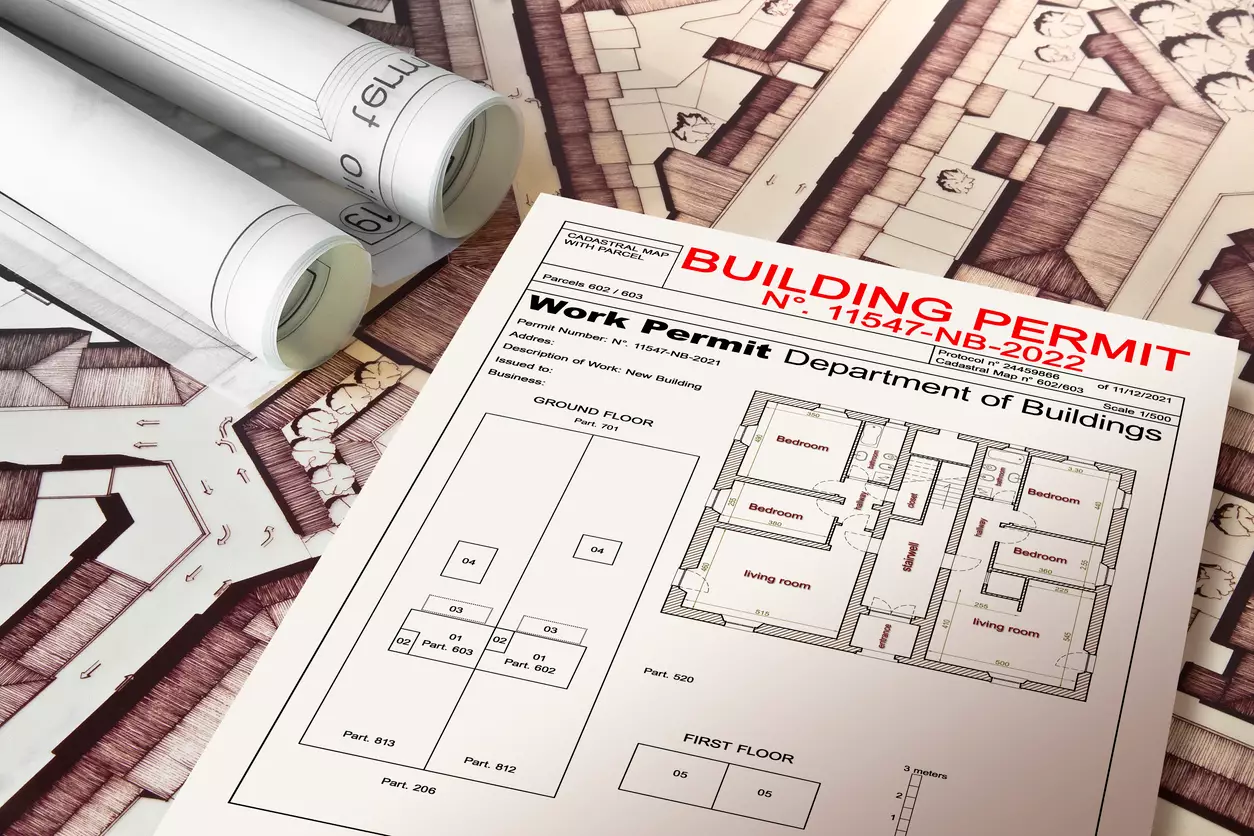What Is a Property Deed Transfer and How Does It Work
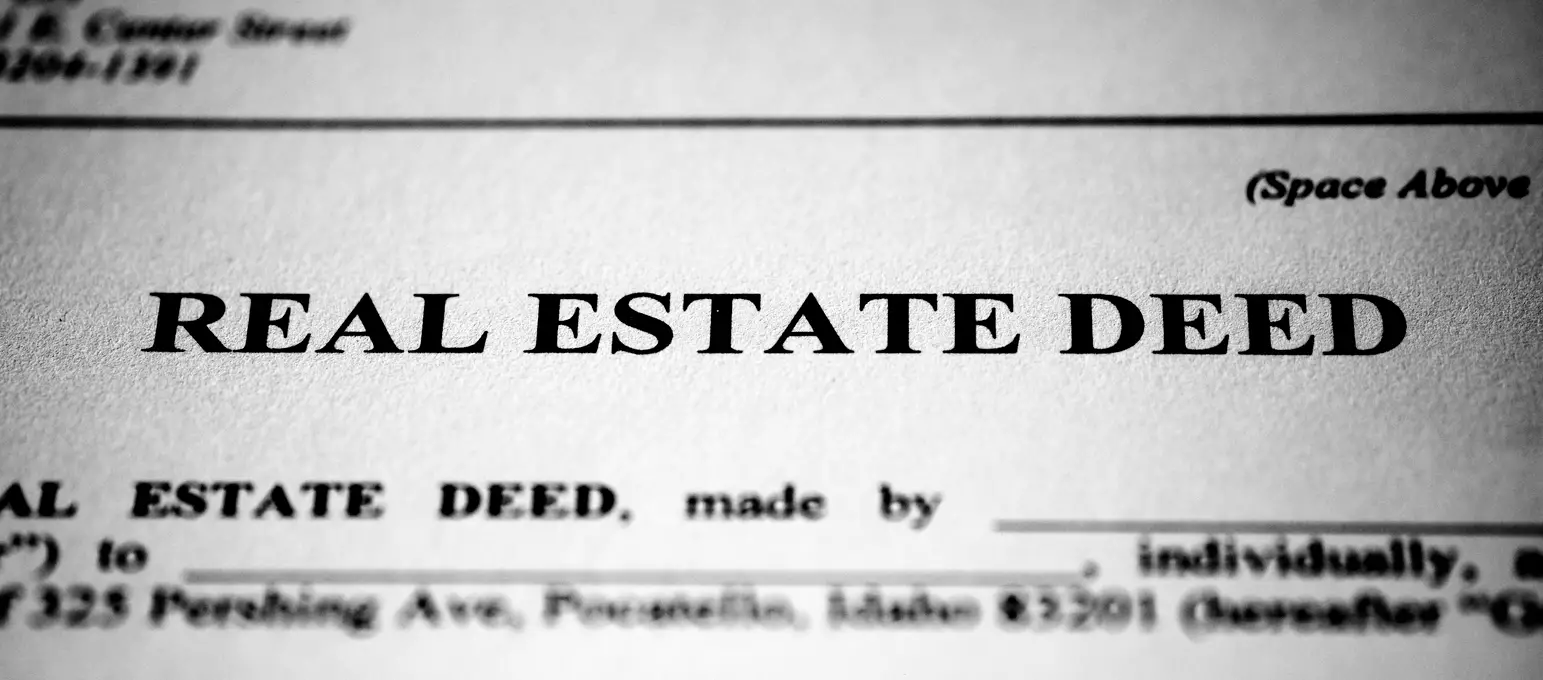
Table of Contents
- What Is a Property Deed Transfer and How Does It Work
- What Is a Property Deed Transfer?
- Warranty Deed
- How To Transfer a Property Deed from a Deceased Relative
- Property Deed Transfer with a Will
- Property Deed Transfer without a Will
- Property Deed Transfer for a Jointly Owned Property
- Property Deed Transfer When the Owner Dies With no Heirs
- Required Documents and Property Deed Transfer Forms
- Property Deed Transfer Process by State
- Common Mistakes to Avoid
- When to Consult a Professional
Property deed transfer involves the process of changing the ownership of any real estate property between two parties. It is vital for legally documenting the ownership change of real estate. Besides serving as proof of ownership change, property deed transfer may help prevent legal disputes or protect against fraud as it typically serves as a public record of transactions between the previous and the new owner of a property.
Although the core concept of property deed transfer is constant everywhere, the process and specific requirements generally vary, depending on the state. Typically, each jurisdiction (state) has certain laws governing real estate-related transactions, including the transfer of property ownership through a deed.
Similarly, the property transfer process differs by the circumstance. For instance, the property deed transfer procedure used during the sale of a property may not be the same as the process of transferring ownership of property earned by inheritance. As a potential property buyer, it is crucial to understand the process of establishing ownership of a new property in order to prevent disputes and ensure legal protection following a property deed transfer. In addition, knowing which type of deed best suits a situation may help facilitate a smooth property transfer.
What Is a Property Deed Transfer?
A property deed transfer is a legal document that provides a detailed record of the transfer of a real estate property from one person to another. It generally states the responsibility of the buyer (or grantee) and the seller (grantor) in a bid to prevent any future issues, particularly those that may emanate from contested ownership.
A property deed grants its bearer ownership to a property and is typically required to legally convey the ownership of any real property from a seller to a buyer. In other words, no property deed transfer can take place without a deed.
Any property deed transfer should have the following information:
- A statement that it is a deed.
- Information regarding anyone who is taking title to the asset.
- The signature of the grantor.
- A clear and legal description of the property involved.
Based on the particulars of a deed, the following are the most common types of property deed transfers:
Warranty Deed
A warranty deed offers a grantee the most legal protection because it typically guarantees the property title has no outstanding debts or liens and is free of encumbrances. It is generally the best option for anyone looking to purchase a residential property with a mortgage. A warranty deed helps any potential asset buyer to ensure that the grantor is indeed the legal owner of a property. It can either be a general warranty deed or a special warranty deed.
While a general warranty deed provides the highest level of protection, a special warranty deed offers the grantee slightly less protection. With a general warranty deed, the grantor makes certain legally binding covenants (promises) and warranties agreeing to protect the buyer (grantee) from any demands or claims of any parties regarding the property. On the other hand, with a special warranty deed, the grantor only provides warranties against issues that may ensue from their timeline of ownership. In other words, a special warranty deed does not protect a grantee against liens, debts, or encumbrances from previous property owners.
- Quitclaim Deed - A quitclaim deed conveys any interest a grantor has in property and generally does not offer an ownership guarantee. This is mostly used for asset transfer between family members. It offers grantees the least form of protection as it does not make any covenants or warranty regarding the integrity of a property title. So, the grantee is not legally protected where there is an issue with the title. Complications that may result from the repercussions of a quitclaim deed include outstanding liens, invalid titles, and mortgage obligations if a grantor owes a balance on the mortgage.
- Grant Deed - With a grant deed, the grantor confirms that a property has not been sold to another party and that the property title is clear of any claims, mortgages, or liens except the ones already disclosed to the grantee. This type of conveyance offers partial protection and is common in standard property ownership transfers, including those bought or sold through a foreclosure sale or tax.
Property deed transfers occur in different situations. Generally, they may occur when property ownership is handed down to another party as a gift or inheritance for certain legal reasons. Similarly, a property deed transfer may happen when someone sells their property to another party.
How To Transfer a Property Deed from a Deceased Relative

How a property deed is transferred from a deceased depends on a few factors. However, the process is generally governed by legal procedures aimed at ensuring a deceased’s property is passed to the rightful heirs or beneficiaries. Property deed transfer from a deceased relative may be done based on a will or without a will. A will is a legal document containing details of whether a person wants their assets shared or distributed after their passing.
Property Deed Transfer with a Will
If a deceased relative left a will behind, the property deed transfer procedure will involve probate, a legal or court-supervised process to ensure the genuineness and validity of a will. Generally, once the court validates the will, the executor is authorized to pass the deceased’s property to the beneficiaries named in the will. While this is the simplest way to transfer a property deed from a deceased, the process may take several months based on the size of debts and mortgage, especially where there is a need to sell the property before ownership may be transferred to the beneficiaries.
Property Deed Transfer without a Will
Where a relative dies without leaving a will, the deceased’s property deed is transferred in line with the Intestate Succession Laws of that jurisdiction. In this case, the Probate Court will decide whether or not to put the deceased’s asset on sale to cover certain debts or legal fees owed to the court on behalf of the Estate. If the deceased’s property is not sold, the court will determine who inherits the assets during the probate procedure using the Intestate Succession Laws. Depending on state law, such assets are typically transferred to the deceased’s surviving spouse, parent, children, or siblings.
Property Deed Transfer for a Jointly Owned Property
In some instances, a property deed is jointly owned. If one of the owners of a jointly owned asset dies, the property deed or ownership is typically transferred to the surviving owner. This may not even go to probate in most states. Rather, the procedure is handled through another legal arrangement known as joint tenancy with the right of survivorship, in which case the property is directly transferred to the surviving owner.
Property Deed Transfer When the Owner Dies With no Heirs
If someone dies with no heirs and there is no will, the next possible beneficiary of the deceased’s property deed is determined by Intestate Law. This process is generally handled by the Probate Court and it involves identifying the closest living relative. However, where the deceased has no surviving relatives, the state automatically takes possession of the property.
Property deed transfer after death can be complicated, as it requires careful attention and planning. While it is possible to navigate the process without an attorney, using the service of a real estate attorney is generally advised. They may be able to offer legal guidance to help ensure adherence to legal requirements and prevent unnecessary errors during the procedure.
Required Documents and Property Deed Transfer Forms
Although each state has its specific requirements, the following are generally required for any property deed transfer process:
- Completed deed forms
- Legal and precise description of the asset being transferred
- Clear identification of the parties involved (the grantor and the grantee)
- Notarized signatures of the grantee and grantor
- Legal language or operative words of conveyance that transfer the asset
- Legal delivery of deed to the grantee or anyone authorized to act on behalf of the grantee
- Acceptance of deed by the grantee
- Filing the deed with the county recorder in the county where the property is located.
Property Deed Transfer Process by State
Below is a list of the property deed transfer process for select states:
Common Mistakes to Avoid
Avoid the following pitfalls during a property deed transfer process:
- Failing to verify the legal description of the property to ensure its correctness.
- Failing to record the deed with the county clerk or recorder in the county where the property is located.
- Overlooking due diligence in ensuring the correct deed type is used.
- Failing to notarize omissions or errors.
- The use of vague or ambiguous language in the property deed.
- Forgetting to present additional supporting documentation.
- Failure to review deeds for accuracy.
- Failure to consider tax implications of property deed transfer or forgetting to update tax records.
When to Consult a Professional

While a person may choose to navigate the property deed transfer process without legal representation, it is often recommended to consult a professional in certain cases of property ownership conveyance. Such cases include the following:
- The property is owned by multiple persons.
- Transferring a property with disclosed issues like liens or certain encumbrances.
- Transferring an asset across state lines.
- Transferring a property in complex legal circumstances like a divorce or when inheriting a mortgaged property.
- When putting up a property occupied by tenants on sale. A professional may help navigate tenant rights carefully in such situations.
- Whey looking to ensure compliance with state laws and accuracy in the entire property deed transfer process.
Understanding the property deed transfer process—and the forms and requirements that vary by state—is essential for securing legal ownership and avoiding future disputes. Whether transferring property through sale, inheritance, or joint ownership, proper documentation, compliance with state laws, and, when necessary, legal counsel can ensure a smooth and enforceable transaction.
Search Property & Deed Records
Table of Contents
- What Is a Property Deed Transfer and How Does It Work
- What Is a Property Deed Transfer?
- Warranty Deed
- How To Transfer a Property Deed from a Deceased Relative
- Property Deed Transfer with a Will
- Property Deed Transfer without a Will
- Property Deed Transfer for a Jointly Owned Property
- Property Deed Transfer When the Owner Dies With no Heirs
- Required Documents and Property Deed Transfer Forms
- Property Deed Transfer Process by State
- Common Mistakes to Avoid
- When to Consult a Professional
Related Articles
Recent Articles
-
![]() Best Real Estate Markets to Invest in 2025 for Maximum Returns
Best Real Estate Markets to Invest in 2025 for Maximum Returns
-
![]() What Is Appraised Value and What Does a Property Appraiser Do?
What Is Appraised Value and What Does a Property Appraiser Do?
-
![]() Everything You Need to Know About Building Permits in Florida
Everything You Need to Know About Building Permits in Florida
-
![]() Everything You Need to Know About Commercial Property Insurance
Everything You Need to Know About Commercial Property Insurance
-
![]() Transfer Property to an LLC for Maximum Asset Protection and Tax Benefits
Transfer Property to an LLC for Maximum Asset Protection and Tax Benefits

